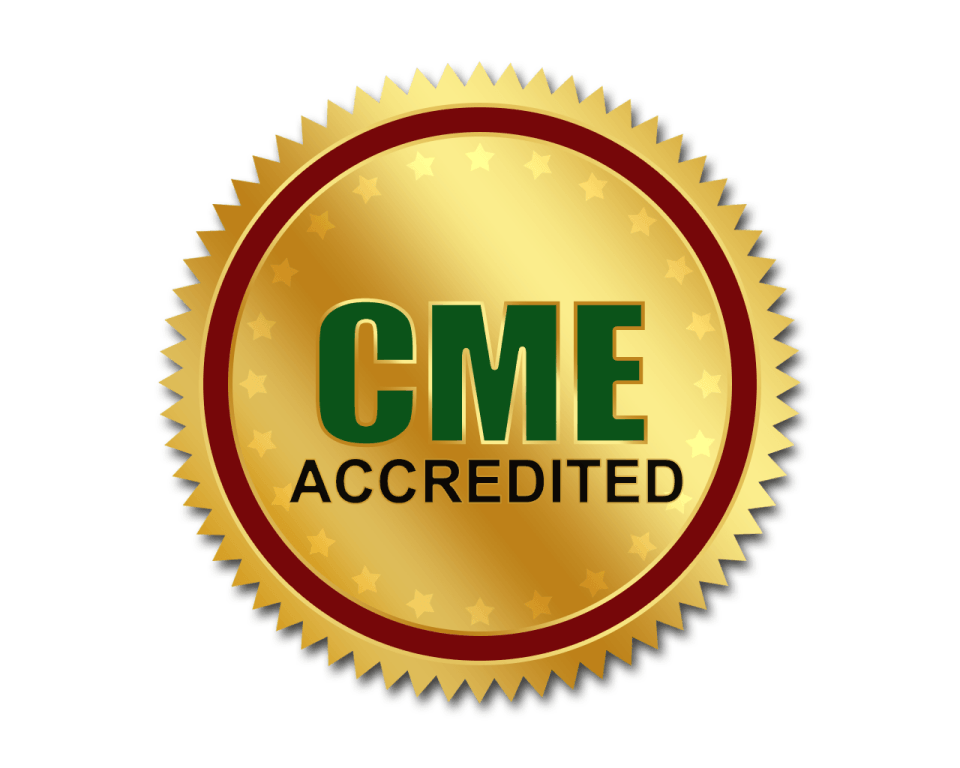
Andreas Christe
Inselspital, Switzerland
Title: CT arterial enhancement fraction (AEF) for hepatocellular carcinoma (HCC) screening in patients with end-stage liver cirrhosis
Biography
Andreas Christe has obtained his Medical education and Residency in Pathology and Radiology at the University of Bern, Switzerland, Post-doctorate Fellowship at the Department of Radiology at Stanford University, California from 2008 to 2010 which was funded by the Senior Investigator Grant SSMBS (Swiss National Science Foundation). Since 2010 he is the Chief of Body CT at the Department of Radiology, Inselspital at the University of Bern and received in 2012 the Venia Docendi award in Radiology (Habilitation).
Abstract
Background & Aims: Computer tomography imaging with arterial enhancement fraction (AEF) uses a tri-phasic CT image acquisition (unenhanced, arterial, portal venous phase) to generate color coded CT-images. The purpose of this study was to investigate if the use of the AEF imaging would supersede the acquisition of a fourth contrast phase (equilibrium phase) and thus allow a 25% reduction of radiation dose. Materials & Methods: 55 patients who underwent liver transplantation between 2010 and 2013 and who had a CT scan acquired in four contrast phases (unenhanced, arterial, portal venous and equilibrium phase) on a Siemens Somatom Sensation 64 were included: 35 patients with 108 histologically proven HCC, as well as 20 patients without HCC-lesions. 47 lesions were already treated by prior TACE. AEF was calculated using the syngo.via workstation (Siemens, Erlangen, Germany): AEF=[(HUA-HUU)/(HUP-HUU)]×100, where HU is the attenuation, A is the arterial phase, P is the portal phase and U is the unenhanced scan. A total of 6 radiologists read the tri-phasic grayscale images in conjunction with the color AEF-maps. For the second read-out, three readers looked at the CT images with four contrast phases and three readers only at three contrast phases (without equilibrium phase). Results: The JAFROC analysis showed a significant difference of the figures of merit (θ) between the tri-phasic read-out without (θ=0.718) and with the AEF-maps (θ=0.750, p=0.0007). Diagnostic performance with four-phases (θ=0.775) was significantly better than with tri-phases (θ=0.718) without using the AEF-map (p=0.0018) but not different from the tri-phasic CT with the AEF-maps (θ=0.750, p=0.3053). Sensitivity of tri-phasic CT was 36.4% (95% CI: 32.5% to 40.5%) and PPV was 76.5% (95% CI: 71.0% to 81.4%). With the AEF-maps sensitivity and PPV increased to 49.7% (95% CI: 45.6% to 53.9%) and 83.4% (95% CI: 79.0% to 87.1%), respectively. Lesions with and without prior TACE treatment were detected with a sensitivity of 31.9% and 42.3% without the use of the AEF map and with a sensitivity of 48.4% and 51.6% with the AEF map. A normalized AEF cut-off value of 70% for small lesions (<1 cm) and 60% for larger lesions (≥1 cm) lead to highest HCC-accuracy. Conclusion: In HCC CT-screening the fourth equilibrium phase could be replaced by the calculated AEF-maps. This allows a 25% reduction of radiation dose, which is relevant for patient undergoing repetitive HCC-screening.

Arida Buivydiene
Vilnius University, Lithuania
Title: The association of genetic variation near interleukin 28B and UCKL-1 protein expression in liver tissue of patients with hepatitis C induced hepatocellular carcinoma
Biography
Arida Buivydiene was graduated from Vilnius University Faculty of Medicine in 1992 and has completed Gastroenterology Residency studies at Faculty of Medicine of Vilnius University in 1997. She is currently pursuing Doctoral (PhD) studies at Vilnius University, Faculty of Medicine. She is responsible for the liver recipients and takes care of the patients before and after liver transplantation.
Abstract
Aim: To evaluate whether testing of IL28B SNPs in rs12979860 and rs8099917 regions and UCKL-1 expression in liver biopsy improves the forecasting of hepatocellular carcinoma (HCC) development risk in patients with HCV cirrhosis. Patients & Methods: 32 patients (age of 32-70 years) with cirrhosis of HCV etiology were tested. Out of them, in 21/65.5% HCC was diagnosed (I group), 11/34.4% patients had no HCC (II group). The rs12979860 and rs8099917 SNPs were detected by single-nucleotide extension method. UCKL-1 expression was visualized by immunohistochemistry staining with polyclonal rabbit anti-UCKL-1 antibodies and EnVision G2 double staining system. Results: Significant difference in SNP rs8099917 was found in studied groups, p=0.025. HCC was more frequently diagnosed at rs8099917 T/T (large homozygous SNPs) as compared with non-T/T (61.9% vs. 18.2%, p<0.05). The HCC risk correlates with bright UCKL-1 staining (p=0,004, r=0,491). In cases of combination of intense UCKL-1 expression with rs12979860 C/C and rs8099917 T/T or T/G, the risk of HCC increases 8.444 times (p=0.046, R²=0.516, χ²=14,961, p=0.001). Regardless IL28B SNPs, in II group UCKL-1 expression was significantly lower. Conclusions: Bright UCKL-1 expression in combination with IL28B rs12979860 C/C together with rs8099917 T/T or T/G 8.444 times increases risk of HCC developing patients with cirrhosis of HCV etiology.





